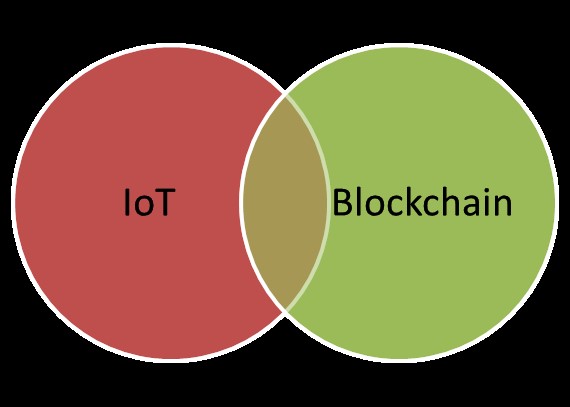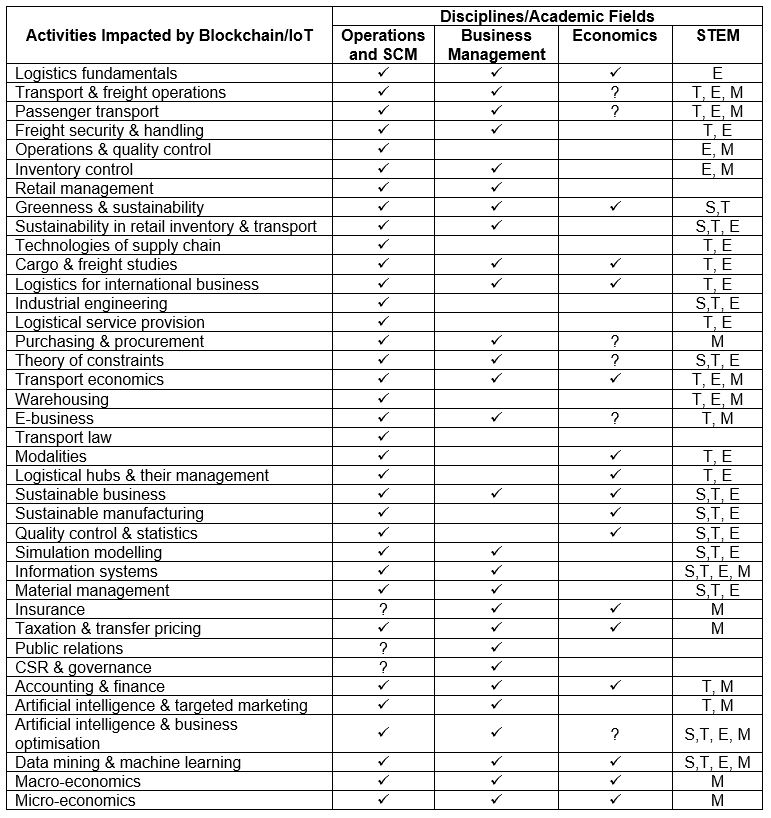Teaching About Blockchain
The discourse reports little on what HE should teach about blockchain. Considering the volume of the new media discussion on blockchain, this is surprising (and another reason this project was undertaken). The SQCA returned only one journal article that addresses the teaching of blockchain and the IoT: Gromovs and Lammi (2017).
Blockchain’s concepts and technical workings are logical candidates for inclusion in computer science, ICT, and other STEM curricula. Any rudimentary survey of blockchain’s current applications will reveal that in many instances, blockchain is operating in conjunction with the IoT (several mentions of this coupling occurred in the SQCA). Discussion of either would elicit discussion of the other, since the enabler of IoT is blockchain, and blockchain’s technical, economic, and social impacts will be fully realized when the IoT is ubiquitous.
Gromovs and Lammi (2017) contend that teaching about applications that integrate the two is particularly important (see the following figure – based on Gromovs and Lammi, 2017). It is also logical to predict that the inhabitants of the intersection will proliferate as the two converge functionally.
IoT and Blockchain: The Intersection of Complementary Enablers

The following table presents a composite list (by no means intended to be definitive) of these authors’ and my own recommendations regarding the more obvious undergraduate curricula in which blockchain and the IoT deserve presence.
Blockchain-/IoT-Impacted Fields

Needless to say, humanities and the social sciences will have to reassess any theories that are vulnerable to disruption by the introduction of trustless technologies. If the social effects of blockchain/the IoT are as forceful as the findings of this research suggest, many theories will benefit from re-evaluation of premises.
The findings of my research reveal a third technology of enablement, arguably more powerful than blockchain or IoT: artificial intelligence (“AI”)/machine learning. Several articles and new media items discuss blockchain searching, learner-provider/employer matchmaking, and intelligent curricula development. AI is the technology that would effect these, and probably more. Without AI, blockchain and IoT remain essentially dumb data-handling technologies. For this reason, I propose the term New Digital Trinity (“NDT”) to describe the three, and recommend that just as they function together, they be taught together and considered equally in any relevant curricula.
The New Digital Trinity (“NDT”)

